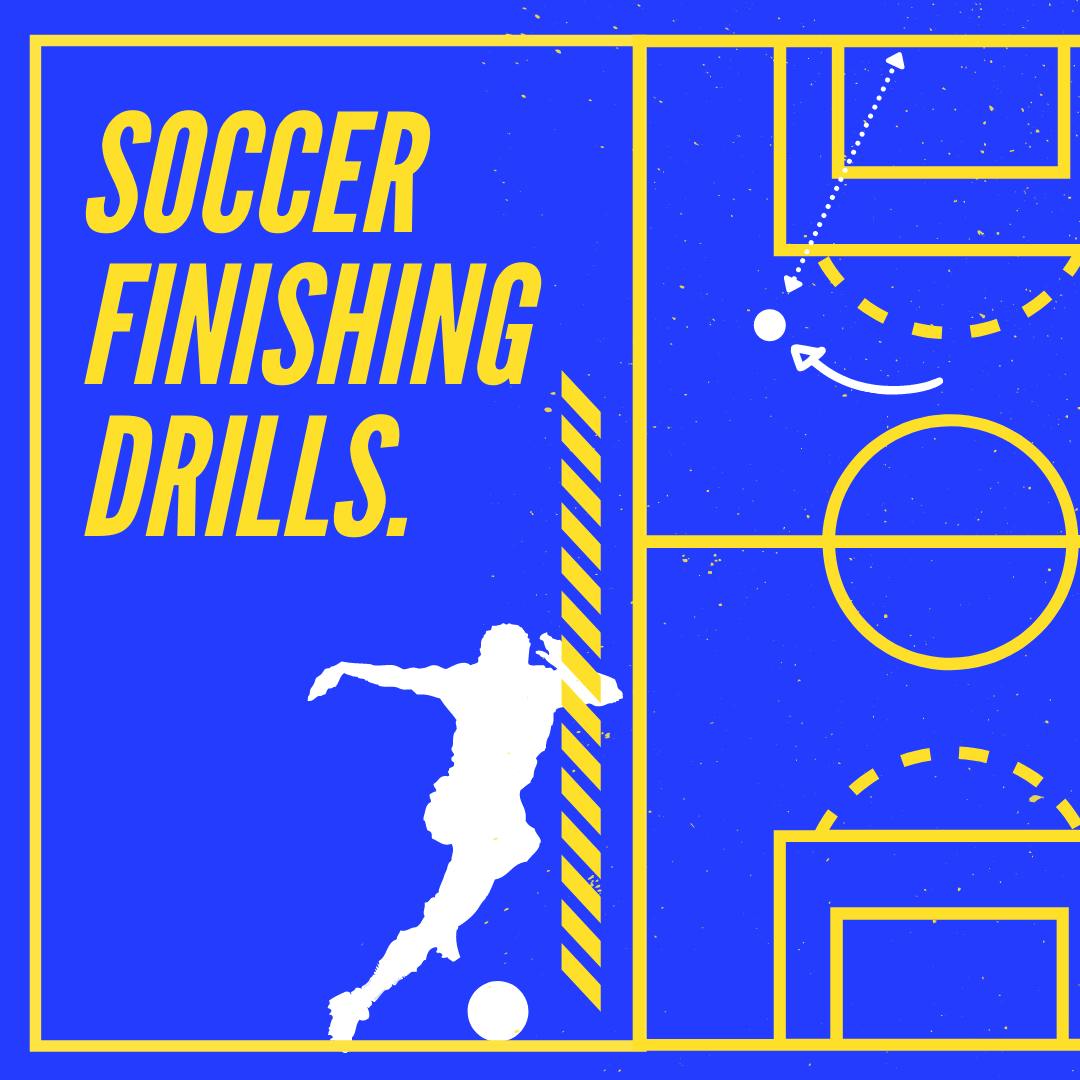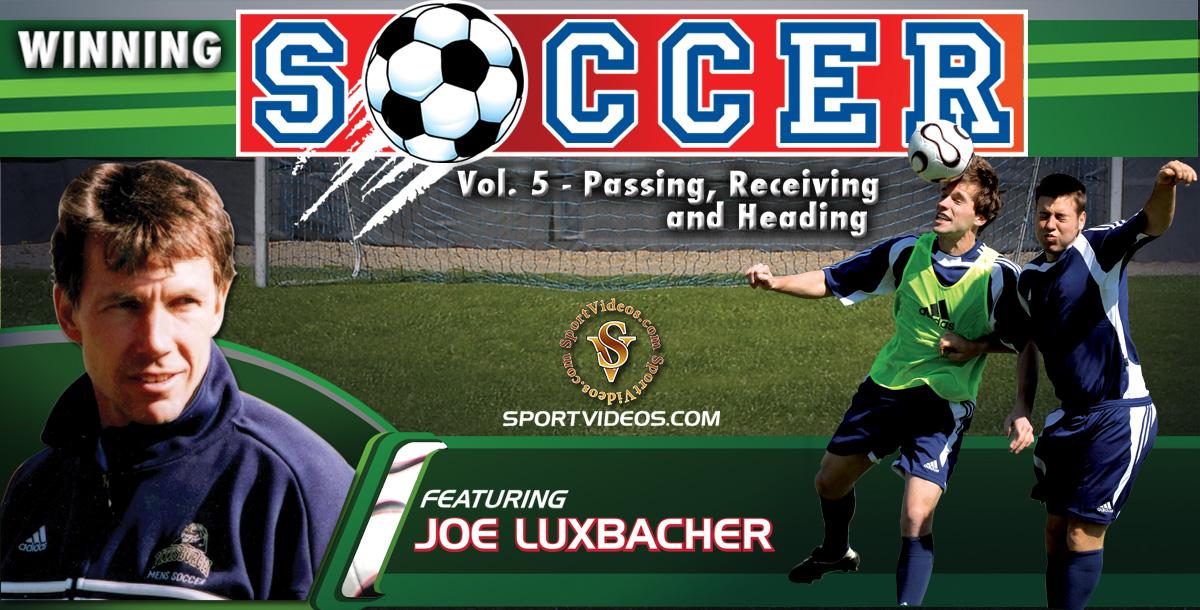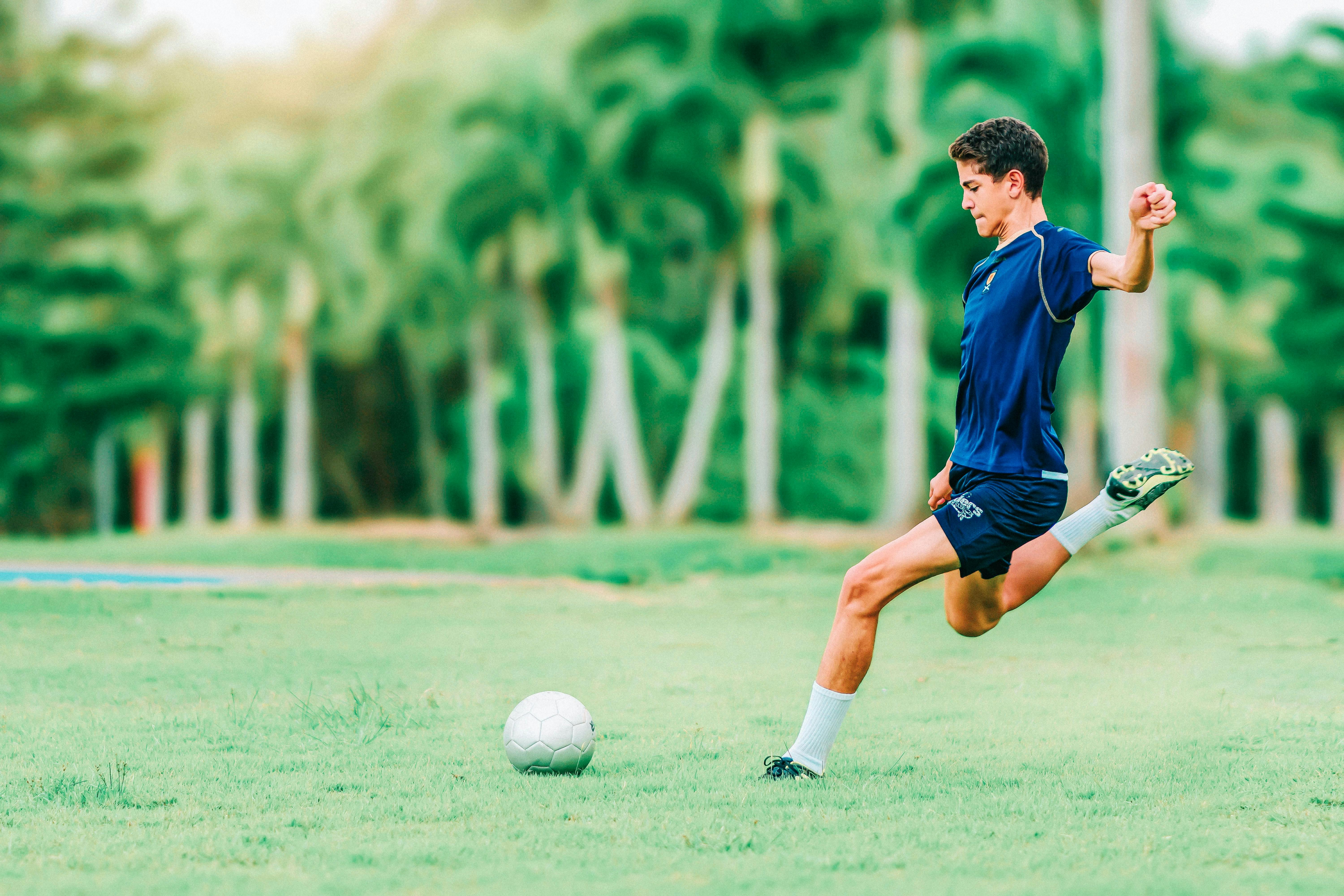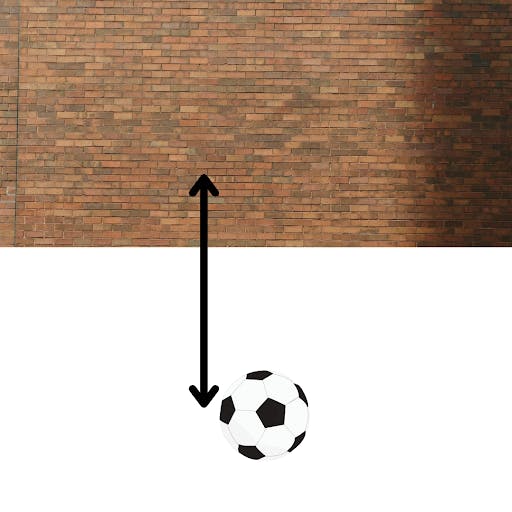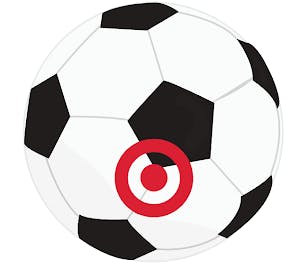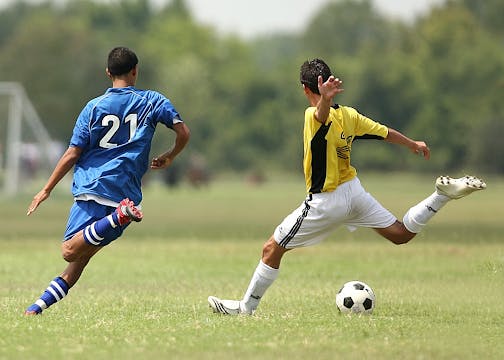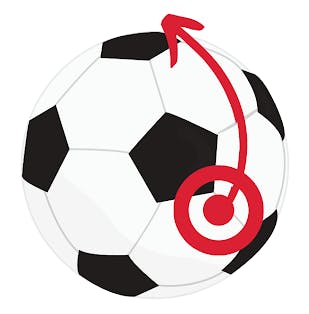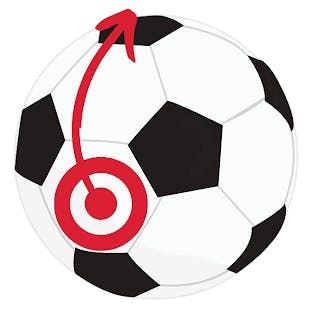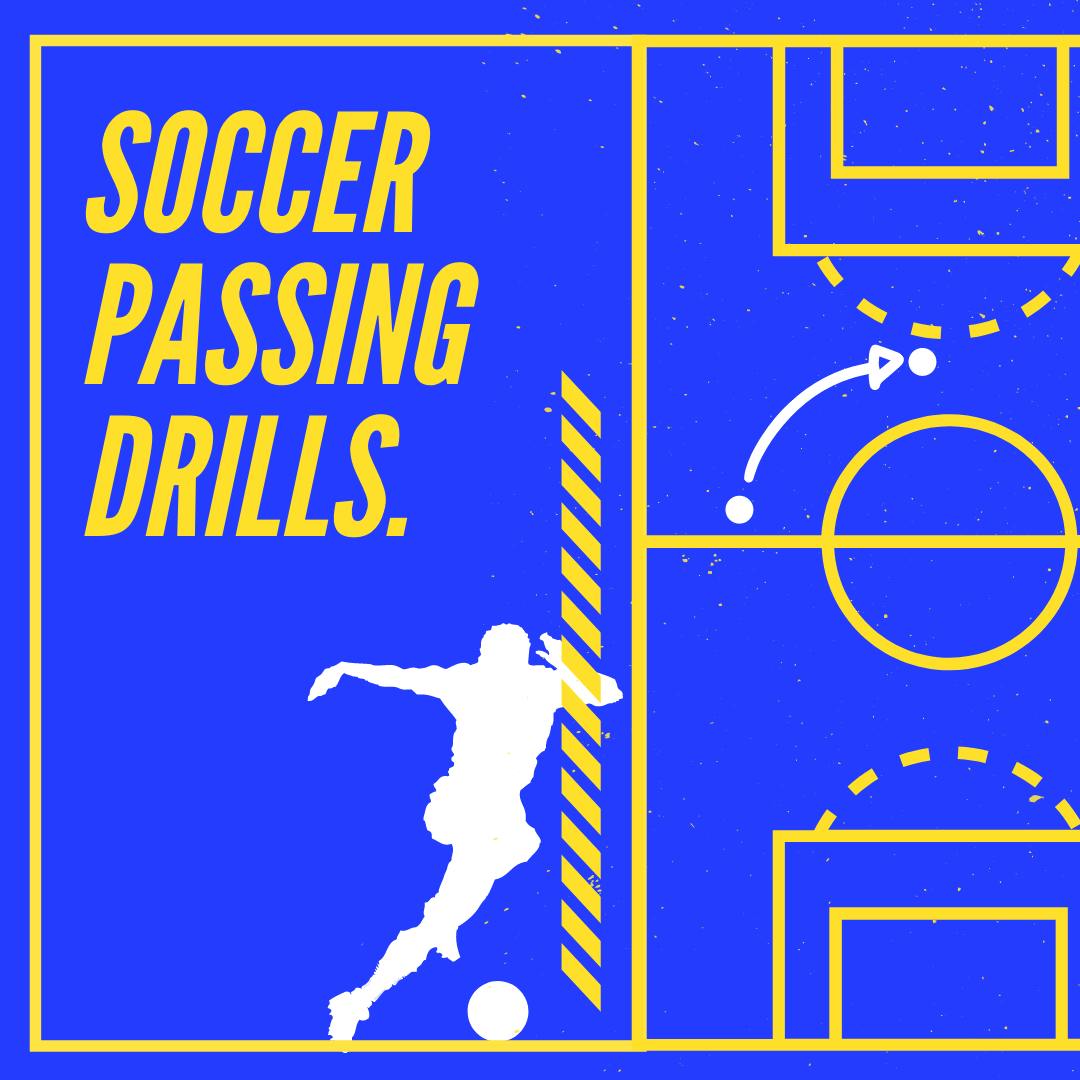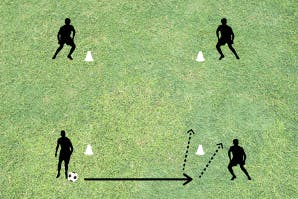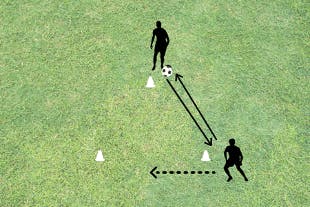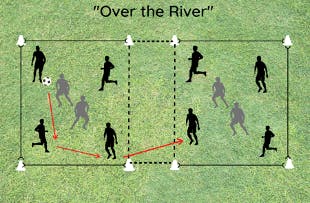6 Best Soccer Finishing Drills
- By Damilare Ilyiade
The whole aspect of the game of soccer is beautiful and captivating, but the very aspect that gives it its whole essence is goal scoring. In order word finishing. The game of soccer wouldn’t be the same if there's wasn’t goal scoring. Every move, every tactic, every setup, every structural approach to the game is to achieve one aim, to outscore the opponent. Because that's how the winner emerges.
To get the better of the opponent means to score goals, and to score goals you don’t just need strikers who can strike the ball properly but strikers who can make the right decisions while under pressure and even in the most unpleasant situations. The game of soccer has seen some extraordinary and cold-blooded finishers. Some of them are extremely talented right from the onset, but they got to the very top via consistent practice and the desire to refine each aspect of their game. Especially the finishing.
The following aids the finishing skill of a player; player;
Shot Power, Shot Technique and accuracy, Vision, and Anticipation.
Shot Power: The ability to strike the ball at a great velocity is essential to becoming a deadly finisher in the game of soccer. This ability can give a soccer player an edge over multiple goalkeepers. Striking the ball with power makes it difficult for an average goalkeeper to react on time, and if the ball is well within the range of the goal, then you can be confident of putting it in the back of the net.
Shot technique and Accuracy: Shot technique a bit differs from shot power, the ability to shoot the ball well is another vital skill known as technique. Having shot power is good, but if the technique does not correspond then it will be difficult to score goals. Some players are not all about the power, but their precision that is technique is second to none. Every top soccer player executes their game with precision and accuracy. Combining shot power with an accurate technique can make a player the opponent’s nightmare.
Vision and Anticipation: The ability to read the game, predict moves, and understand what your teammate or opponent will do before they do it. On the field of play, you don’t only move as the ball moves, you must be able to read the game well and make anticipated the play. This gives you an edge to outsmart your opponent.
The right proportion of all these can make a top-quality player.
VITAL COACHING POINTS ON FINISHING
- You perform better if you can calm your nerves in heated moments of the game.
- You must be able to use all sides of your foot.
- Learn to balance your body to aid your shot.
- Be firm on your non-shooting foot to generate power and precision on your shooting foot.
- Understand the keeper’s positioning and how to put the ball beyond their reach.
- Target the corners. The top right corner, the top left corner, the bottom right corner, and the bottom left corner.
RECEIVE AND SHOOT WHILE SPRINTING
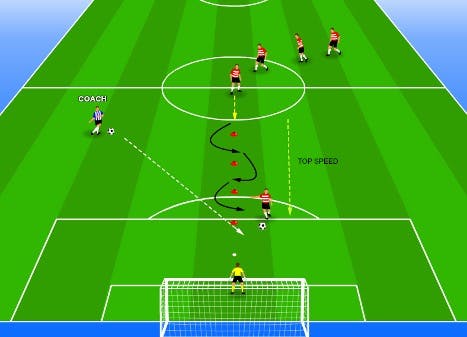
Objective
The objective of the drill is to enhance the player’s ability to shoot when moving at great speed as well as striking the ball when it is played to them unexpectedly.
Set-up
4 or 5 cones are placed at 2m interval.
Execution
- The trainer stands at the sideline to instruct the drill. When they blow the whistle, the player starts to make a forward run.
- The players go around the cone at top speed.
- The coach instructs any player going at a slow pace to increase it.
- On getting to the last cone, the coach releases the ball to the player close to the goal.
- The player picks their spot and shoots.
- Repeat as instructed.
Coaching tips
The drill must be done with a keen focus on the goal and putting it past the goalkeeper even as the player reaches top speed while approaching the ball.
RECEIVE, TURN AND DRIVE TO A RESTRICTED SHOT
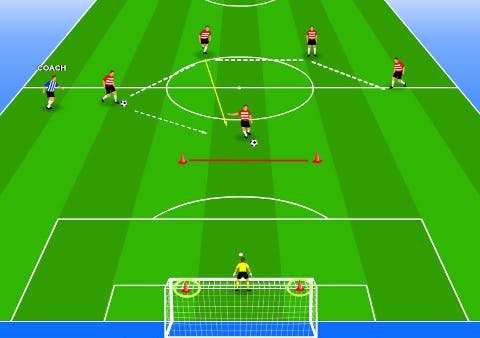
Objective
The objective of the drill is to help players to improve their alertness to finishing situations during the game. Since an opportunity to score can come at any time, players must be ready to pounce.
Set-up
4 cones to demarcate the shooting line, the target spot, and the goal post corners.
Execution
- The trainer instructs the drill from the sideline. When they blow the whistle, the player starts to exchange passes at a very fast rate.
- Then the coach blows the whistle.
- The player who has the ball when the whistle goes out must approach the goal with the ball.
- The player must not go beyond the demarcation.
- The player has two targets. To shoot at the two rings at the goal corners.
- Repeat as instructed.
Coaching tips
The drill will help the player's technique and accuracy.
SWITCHING PLAY DISTANCE SHOT
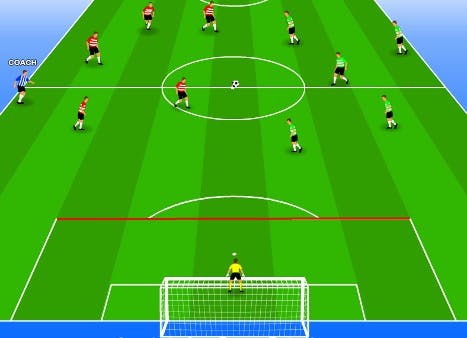
Objective
The objective of the drill is to help the players shoot from any area outside the box.
Set-up
5 on 5. With one goalie.
Execution
- The trainer instructs the drill from the sideline. When they blow the whistle, the players go against themselves and make a sequence of passes.
- At the sound of the whistle, the team with the ball must approach the red line or shoot from range.
- The opposing team must try to prevent the team with the ball from scoring.
- After the play, there’s a reset
- Repeat as instructed.
Coaching tips
The drill will help the players to be very competitive and with the added pressure of a defending team, will make the finshing more game realistic.
2 SMALL GOAL TARGETS
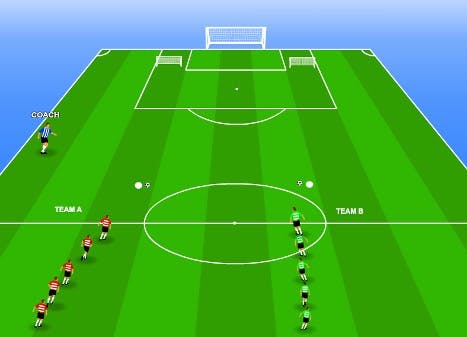
Objective
The objective of the drill is to enhance the focus and finishing accuracy of players.
Set-up
Two small posts with each team lined to shoot on target from distance.
Execution
- The trainer instructs the drill from the sideline. When they blow the whistle, the player runs to take a shot targeting the small post.
- Each team must try to score.
- Another set will go after the initial set.
- The team that scores most wins the drill.
- Repeat as instructed.
Coaching tips
The drill will help the players shooting technique and accuracy.
2 ON 2 TO GOAL
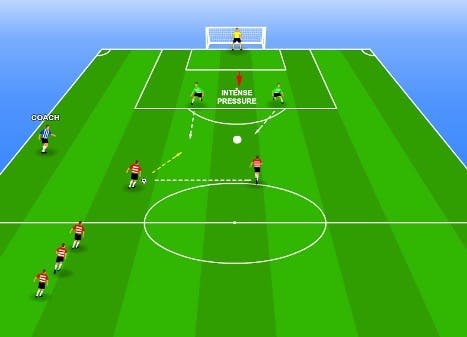
Objective
The objective of the drill is to recreate a 2 v 2 situation in the attacking third.
Set-up
2 on 2 to the goal. The defenders defend their goal, the attackers must find a way to score under 1 minute.
Execution
- The trainer instructs the drill from the sideline. When they blow the whistle, the two players that are attackers must attack the goal to score.
- The defenders on the other hand must do everything to defend the goal and must not allow the attackers to score under 1 minute.
- The duo that successfully completes the task wins.
- Repeat as instructed.
Coaching tips
The drill will help the players to defend and attack 2 v 2 and 1 v 1. As well as understand the correct moments to shoot and how to create space for a shot.
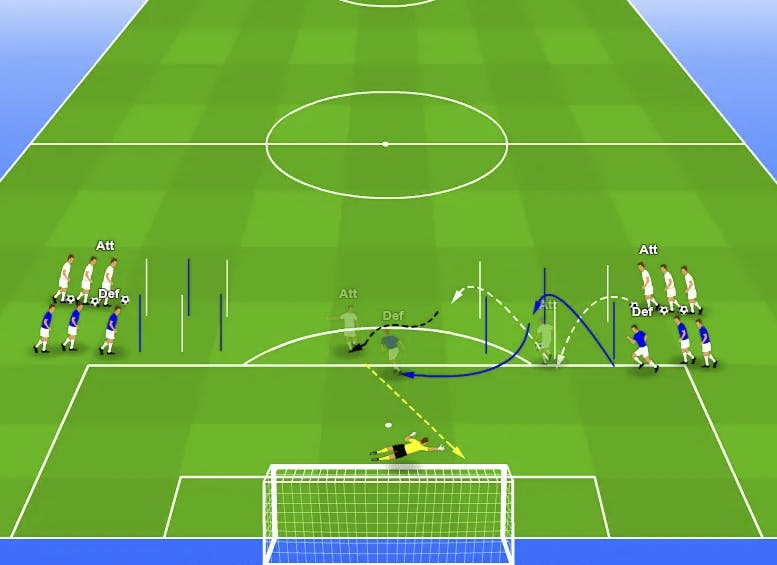
Objective
The objective of the drill is to recreate the intensity and competitiveness of getting into a goal scoring opportunity and beating/ defending a player 1 v 1.
Set-up
Set up 6 straight poles parallel to each other on both sides of the penalty box. Have defenders form a line closest to the end line, and the attackers further away from the end line.

Execution
- The trainer instructs the drill from the sideline. When they blow the whistle, both the attackers and defenders race around the poles.
- The attacker starts with the ball, and the defender does not. The defender is not allowed to tackle the attacker until they have completed the poled course.
- Generally, the defender will complete the course first so will have a second to get set to try and defend the attacker.
- The drill is finished when either: a shot is taken or scored, or the defender makes a tackle.
- If the defender makes a tackle, the defensive team get a point. If the attacker scores, the attacking team gets a point. If a shot is taken and it does not result in a goal, no points are scored.
- Repeat as instructed.
Coaching tips
The drill will help both the attacker and the defender in game like skills. This includes 1 v 1 attacking and defending, dribbling, shooting, agility, speed, and defensive awareness.
FINISHING DRILLS
These drills will create proper game situations that give room for finishing. These drills will help the players to master situations like this and how to react and sometimes improvise.
As well as these drills several elite coaches have explored finishing in detail to shed light on the slight margins that can give you an edge on your opponent. A recent example is UC Berkley’s Head Coach Neil McGuire’s course ‘The Art of Goalscoring’. Here Coach McGuire speaks about how your positioning, technique and shot power all combine to making you a top forward.

